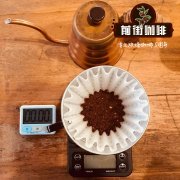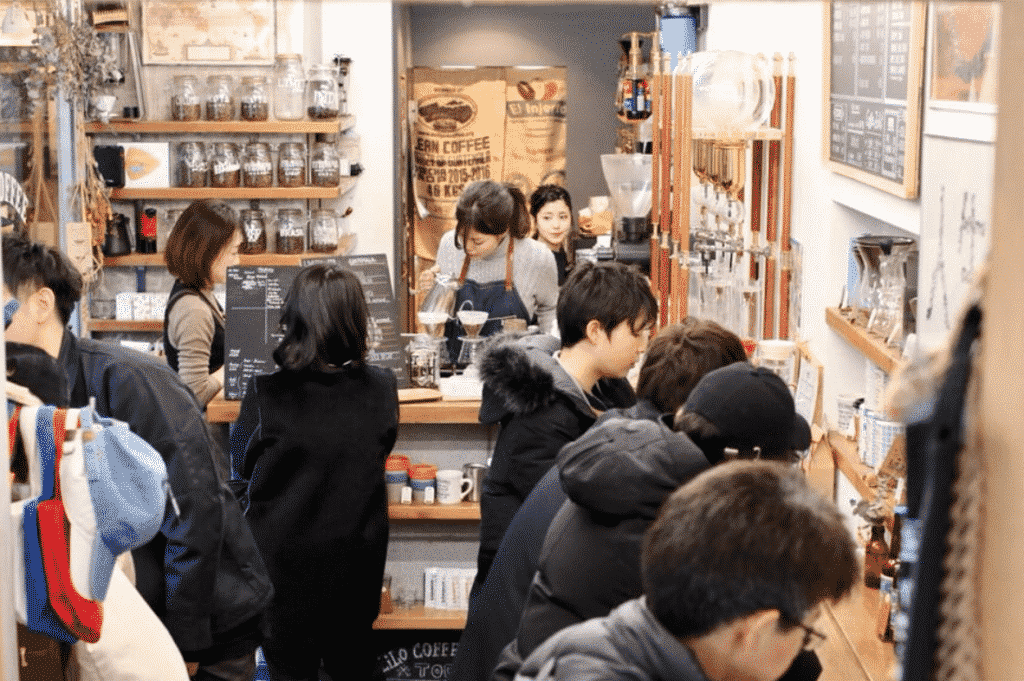Coffee intelligent AI robot enters the coffee industry favored by the capital market in the coffee bar.
Professional coffee knowledge exchange more coffee bean information please follow the coffee workshop (Wechat official account cafe_style)
"Mena reaction" wins "caramel"
The "Mena reaction" refers to a series of degradation and polymerization of monosaccharide carbohydrates (glucose, fructose, maltose, arabinose and lactose) with proteins (amino acids). The color will also become darker, discovered by French scientist Mena (Louis CamilleMaillard) in 1912.
"caramelization" only ends in the "oxidation" or "browning" reaction of sugars heated. The "Mena reaction" is broader. All kinds of monosaccharides react with amino acids at different temperatures to produce more complex aromas, which are much more complex than caramelization, because caramel components are degraded again and polymerized with amino acids to form pyrazine heterocyclic aromatic compounds with continuous increase in furnace temperature, which is the source of chocolate flavor. Then, most people mistakenly think that caramelization is the main source of coffee sweet fermentation, while ignoring the more important Mena reaction, which is easier to understand, while the name of Mena reaction is more complex and rare.
You should know that the aromas of nuts, almonds, cream and chocolate in the baking process come from the Mena reaction, not caramelization. In other words, if the coffee is caramelized without Mena reaction, it will only have a monotonous sweet and bitter taste, not a drink with all kinds of flavors.
The nuts in the SCAA flavor wheel are classified as caramelization reactions with many sweet aromas, which seems to simplify the formation of sweetness, and the addition of Mena reaction here can bring the real results closer to the facts. The "smell spectrum" under caramelization and Mena reaction can be classified into three flavors: nut rhyme, caramel rhyme and chocolate rhyme, as shown in the following table.
1. Nut rhyme: drupe and wheat teeth
Drupes: almonds, peanuts, walnuts
Wheat teeth: corn, rice and wheat, cereals, toast
2. Caramel rhyme: candy and syrup
Candy: taffy, hazelnut, licorice
Syrup: honey, maple syrup
3. Chocolate rhyme: dark chocolate and cream chocolate
Dark Chocolate: bitter Chocolate, Dutch Chocolate
Cream chocolate: Swiss chocolate, almond chocolate
The above is the "aroma spectrum" produced by caramelization and Mena reaction from medium baking to medium-deep baking, and its baking degree and molecular weight are in the following order: nutty odor → caramel odor → chocolate odor.
The nutty aroma is most pronounced in shallow baking, caramel aroma appears later, most protruding after medium baking, and chocolate aroma is later, about medium to deep baking, even deep baking. Basically, the molecular weight and baking degree of nut, caramel and chocolate are higher than those of fermented fruit acid. If you continue baking, medium-deep baking or deep baking, the compounds continue to dehydrate and polymerize, resulting in higher molecular weight, darker bean surface color and lower volatility, but higher bitterness, showing a completely different taste spectrum.
Important Notice :
前街咖啡 FrontStreet Coffee has moved to new addredd:
FrontStreet Coffee Address: 315,Donghua East Road,GuangZhou
Tel:020 38364473
- Prev

Starbucks coffee Starbucks Columbia coffee red plum sour, nutty cream aroma
Professional coffee knowledge exchange more coffee bean information please follow the coffee workshop (Wechat official account cafe_style) 1. The air in this seam has a different thermal conductivity from the beans outside. If it will cause the two temperatures to be different. Most of the problem is that the air inside is much hotter than beans. For example, the oven is too hot, or the beans are not thoroughly dry. You'll see the middle.
- Next

The list of the 50 best coffee shops in Asia in 2019 has been released! There's no time to explain! Get in the car!
Professional coffee knowledge exchange more coffee bean information Please pay attention to coffee workshop (Wechat official account cafe_style) Coffee culture has become very popular all over the world in recent years, many people no longer regard coffee as a simple reminder drink, but as a kind of enjoyment and culture. Coffee lovers will inevitably want to visit local famous coffee shops and drink all the good coffee when they travel abroad.
Related
- What ratio of water temperature and ground does the smart cup method use to press coffee? The difference between brewed coffee and filtered coffee?
- What is the standard process for the purpose of coffee cup testing? What is the difference between hand-brewed coffee and cup testing?
- How to use hand-brewed coffee paragon small golden balls? How does cold coffee lock in the aroma of coffee?
- Is American coffee black? What is the difference between American coffee and drip coffee?
- Unexpected! Well-known tea beverage brand Lele Tea will withdraw from the Zhengzhou market!
- Starbucks enters the fashion and beauty industry?! Netizen: Give me an ice American eye cream
- Why can American refills for free? The difference between Americano and American drip pot coffee
- Being chased out of the rain in front of Starbucks?! Store: Sheltering from rain under umbrellas poses a safety hazard
- The white moonlight has changed?! Lucky launches "Big Winter Pear American"
- Hand-brewed coffee three-stage method, high-sweet and universal brewing method to share! What does the high sweet water level of hand-brewed coffee mean?

